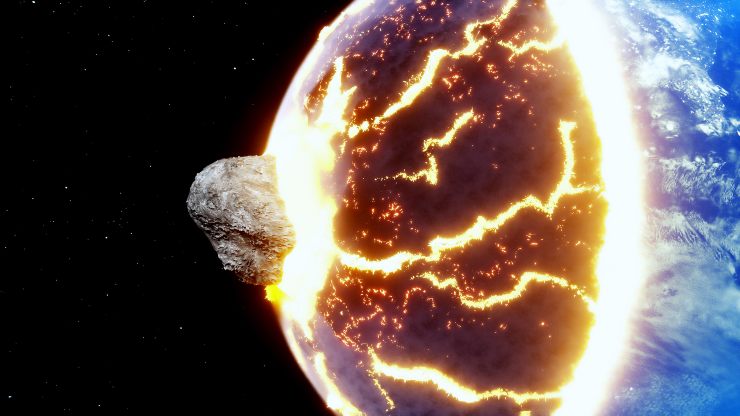An Unknown Close Encounter: The Mystery Behind Two Conjoined Celestial Bodies That Touched Us
Asteroids are Rocky bodies orbiting the SunOften thought to be a remnant from the formation process of the solar system. Most are found in the asteroid belt between Mars and Jupiter, but some may come close to Earth, posing potential threats if their path brings them too close.
Throughout history, Earth has been struck by these celestial bodies many times. A very popular recent event 2013 in ChelyabinskIn Russia, a meteorite exploded in the atmosphere, causing significant damage, but without direct impact on the ground. Similar cases occur more frequently, but usually involve much smaller bodies.
Many asteroids have passed by our planet without causing damage. These “touches” are carefully studied by astronomers, because they allow a better understanding of the risks associated with the so-called. “Near-Earth Objects” (NEOs).
Thanks to modern technology, today we can accurately track these bodies and estimate the probability of impact. however, The unpredictability of their pathEspecially in the presence of binary or conjoined asteroids, science is challenged.
A close encounter with an unexpected asteroid
An unusual space observer appeared close to Earth last week, giving scientists some surprising images. This is aboutAsteroid 2024 ONIt passed within a safe distance of our planet on September 17. What is special about this passage is the strange shape of the asteroid, which resembles a snowman, which made the phenomenon very interesting from a scientific point of view.
Thanks to the radar images captured by Goldstone Solar System Radar, CaliforniaThe asteroid was discovered to be two celestial bodies merging together in what is known as a “contact binary”. This structure occurs when two asteroids come close enough to gravitationally merge and form an object over time. A rare opportunity for scientists to closely observe a particularly spectacular asteroid type.

A fast and dangerous giant
Asteroid 2024 Ann It has considerable dimensions, about 350 meters in length, comparable to the height of a skyscraper, and it flew by the Earth at a speed of 31,000 km / h, 26 times the speed of sound. Although classified as “Dangerous Potential”Its path occurred at a promising distance of about 1 million kilometers, beyond the average distance between the Earth and the Moon.
Radar images provided unprecedented detail on the asteroid's structure, highlighting two “lobes” of different sizes separated by a characteristic neck. This type of formation is not uncommon in near-Earth asteroids, and it is estimated that at least 14% of these objects have a similar composition. This event allowed astronomers to refine their calculations of the asteroid's path, Avoid future risks and demonstrates the importance of advanced space observation technologies.





